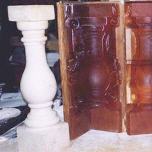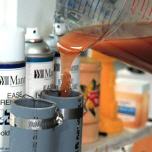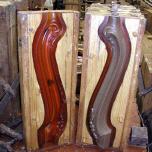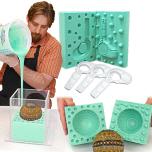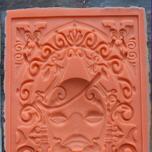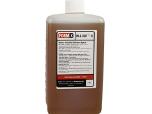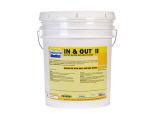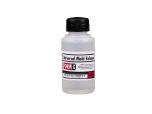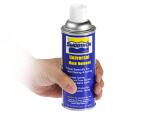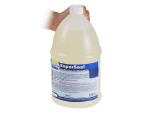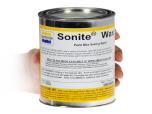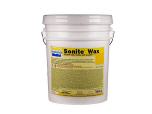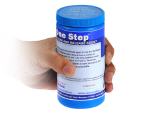Molds for Concrete
Molds for Concrete
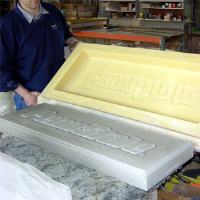
long lasting rubbers for concrete casting and stamping.
What is the best release agent for releasing concrete from a rubber mold?
A: It depends on 1) the type of mold rubber you are using as your mold material and 2) the make up of your concrete ad mixture.
1. What mold rubber are you using?
Silicone rubber has the best release properties, but will succumb to the abrasive effects of the high-aggregate content of the concrete and lose detail over time. It’s best to use a release agent like Smooth-On’s AquaCon® water-based concrete release agent to protect the mold.
Urethane rubber does not have great release properties to begin with, so a release agent is recommended from the start. Note; Our customers find that, even without a release agent, high aggregate castings will release from VytaFlex molds after the mold is "seasoned" - used to cast concrete 10 - 12 times with AquaCon® Release Agent.
2. Ad mixtures:
High sand content ad mixtures generally release easily and do not require mold release from either silicone or urethane molds.
High aggregate ad mixtures will not release easily and will even bond to a urethane mold.
AquaCon® Concrete Mold release offers the following advantages; a) it will release concrete castings from the mold, b) it will not harm the mold, c) it will not stain your concrete castings and d) will not interfere with concrete pigment.
Do Not Use: Concrete casters try different release concoctions such as vegetable oil or petroleum jelly, but these materials will destroy the rubber mold over time and may stain your concrete.
What If I Don’t Have AquaCon® Concrete Release Agent? Until you can get some AquaCon®, you can try dishwashing soap and water mixed at 10 parts water to 1 part soap. Rinse the mold with soap solution and immediately cast your concrete.
